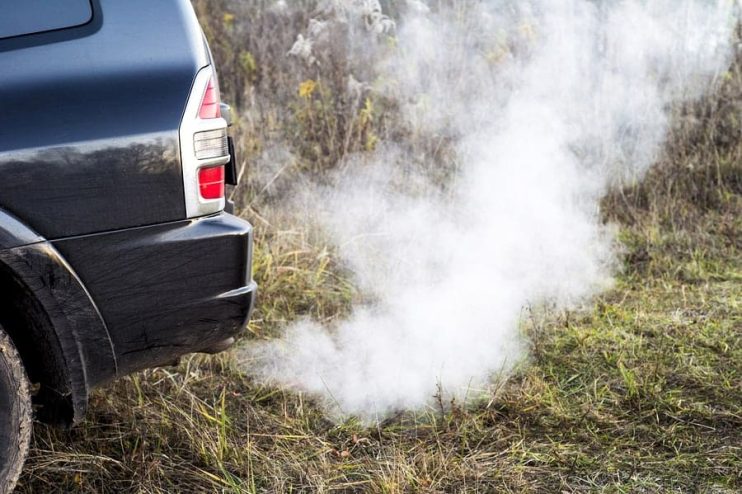
Obviously it is normal for a little smoke to come out of your exhaust pipe, which is like your vehicle’s chimney. Air pressure draws waste gases from the engine and then expels them into the atmosphere.
Sometime these gasses are expelled as smoke, and with modern cars becoming increasingly fuel efficient with less emissions it is becoming easier to spot problematic smoke coming from your engine.
An occasional puff of smoke from the exhaust should not cause you any worry. However if you are noticing persistent smoke coming from your car it could spell trouble. Check out what different coloured smoke could mean for your engine with our helpful article.
Table of contents:
Black Smoke
Although black smoke looks like it may be a sign of serious trouble in your engine, it’s often not the case. Black smoke is usually indicative of fuel or soot in the exhaust fumes which can be resolved with a little mechanical detective work.
Diesel Cars
If you are noticing black smoke coming out of your diesel car then the chances are this is due to soot build up or the diesel particulate filter (DPF) cleaning itself. This could also result in a warning light flashing on your dashboard.
In order to get the engine to eject any build-up, simply take your vehicle on the dual carriageway and accelerate up to 70 mph, which should blow the soot out of the system. If you find that your dashboard light is regularly igniting then maybe you should consider changing your car for a petrol version or hybrid – as this is probably down to your driving style on the roads.
Petrol Cars
Black smoke coming out of the exhaust of a petrol powered car is usually an indicator that you are burning up too much fuel. It could also be down to problems with intake components including your fuel pressure sensor, fuel injectors and the fuel pressure regulator or even a clogged fuel line or blocked manifold.
Check and replace the air filter if necessary, if this is clean then the next stage is to examine the fuel injectors and the fuel pressure regulator, which is usually a job for your local garage based mechanic.
If you are experiencing persistent black smoke the chances are you’ll also be looking at high fuel bills and you could cause damage to your exhaust system as well as the catalytic convertor.
Turbo Chargers
If your turbocharger is worn or there’s a leak in the pipework this may cause a lack of air in the system which means that not all the fuel is properly combusting, leaving unburnt fuel in the exhaust fumes. Get this checked out by a mechanic as ignoring the problem can cause additional issues within your engine.
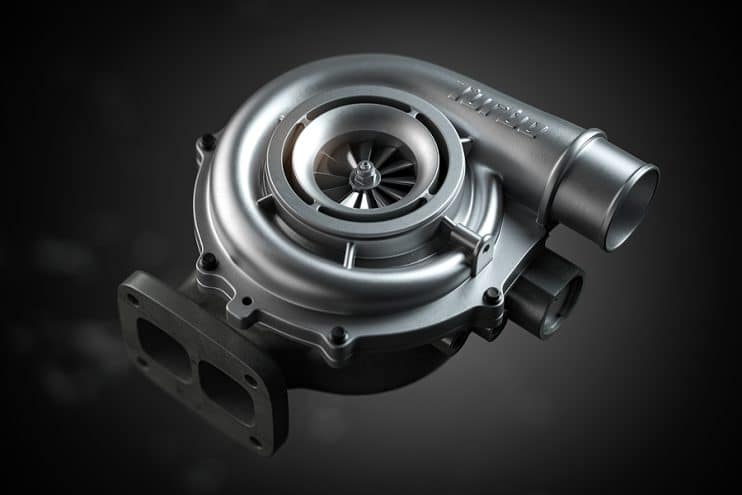
White Smoke
Thin white smoke that looks a little like vapour should not be of any concern as it’s usually the result of normal condensation within your exhaust.
However, thicker, denser white smoke indicates a more serious issue. Even though this is still likely to be steam, it will usually be caused by your car’s coolant leaking into the engine.
Thin vapour can be a problem if you only ever use your vehicle to go on short urban journeys and the exhaust system doesn’t have a chance to fully warm up and clear all the condensation from the system. Left unchecked this problem can cause rust build up and corrosion on the steel parts of the exhaust causing leaks, which could lead to an MOT failure.
Thicker smoke is a big warning sign that should not be avoided as this means you have leaking coolant in the engine. This could lead to blown gaskets or even result in engine failure, which is likely to be a very expensive repair or could see the car written off.
Blue Smoke
Blue smoke coming from your car’s exhaust is usually accompanied by a burning smell and it’s a sign that engine oil is getting burned off somewhere in your car. All car engines burn a tiny amount of oil in the combustion chamber, but when too much oil is getting burned up this creates a distinctive aroma and a clear blue colour in the engine fumes.
If your car has recently been serviced then there could potentially be an excess of oil in the system which simply needs a little time to burn off. If the smoke stops after a short amount of time you know there’s no problem.
However if you are experiencing persistent blue smoke, especially in a car that’s covered a high mileage it may mean that the valve seals or piston rings have worn out, which may mean a complete engine rebuild. It could also be a sign of head gasket failure, which also means an expensive repair bill so it’s always best to get this issue checked out at the earliest possible opportunity.
If you are worried about how much oil is getting burned up by your engine, then checking the dipstick can be a good option as you can see if your vehicle is using up oil at a higher rate than normal.
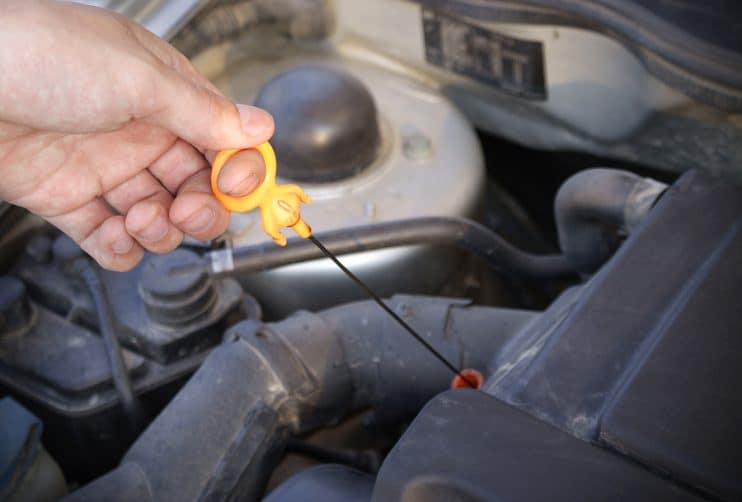
Grey Smoke
Grey smoke is less common than the other types of smoke on this list and it can be hard to pinpoint the cause. In some cases it could be a sign that your engine is burning oil or could be down to a bad turbocharger.
If it is the turbocharger causing the problem then this will be down to oil infiltrating the air flow, which then enters the cylinders and gets burned. If the problem is with the feed this can be an inexpensive repair whilst an issue with the turbocharger could result in a complete rebuild or costly replacement.
Another culprit could be a faulty positive crankcase ventilation valve, which can wear out over time. As this part is designed to draw back unburnt fuel from the engine when it fails it increases smoke emissions, however replacing this part is a relatively straight forward job.
Finally if your car is an automatic, then grey smoke could indicate that transmission fluid is entering into the engine through a leak somewhere. Again this could be an expensive repair and will require the attention from a professional mechanic.
And Finally
If you are experiencing any ongoing problems with your vehicle’s emissions, it’s always wise to get it checked out as early as possible to prevent additional damage to the engine. It is better to be safe than sorry and early action can often save you a huge repair bill for a replacement exhaust.

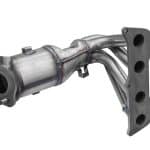
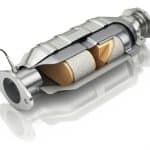
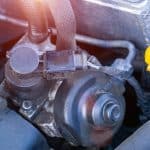
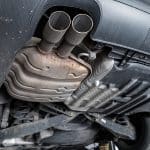

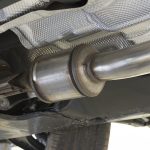

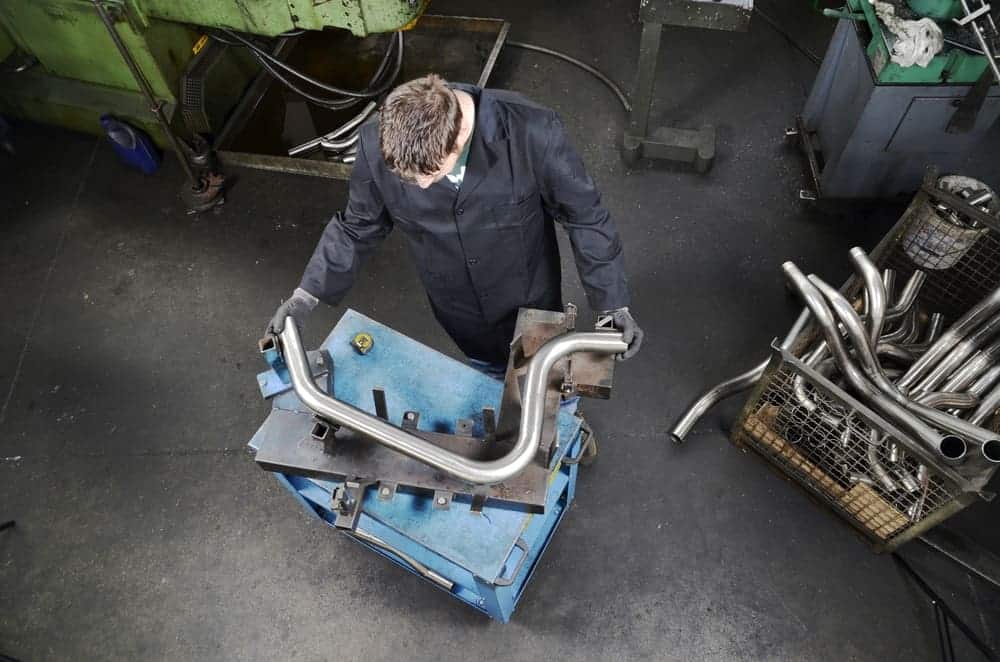

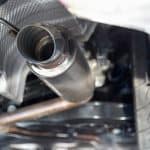
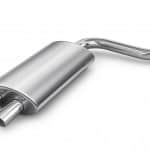
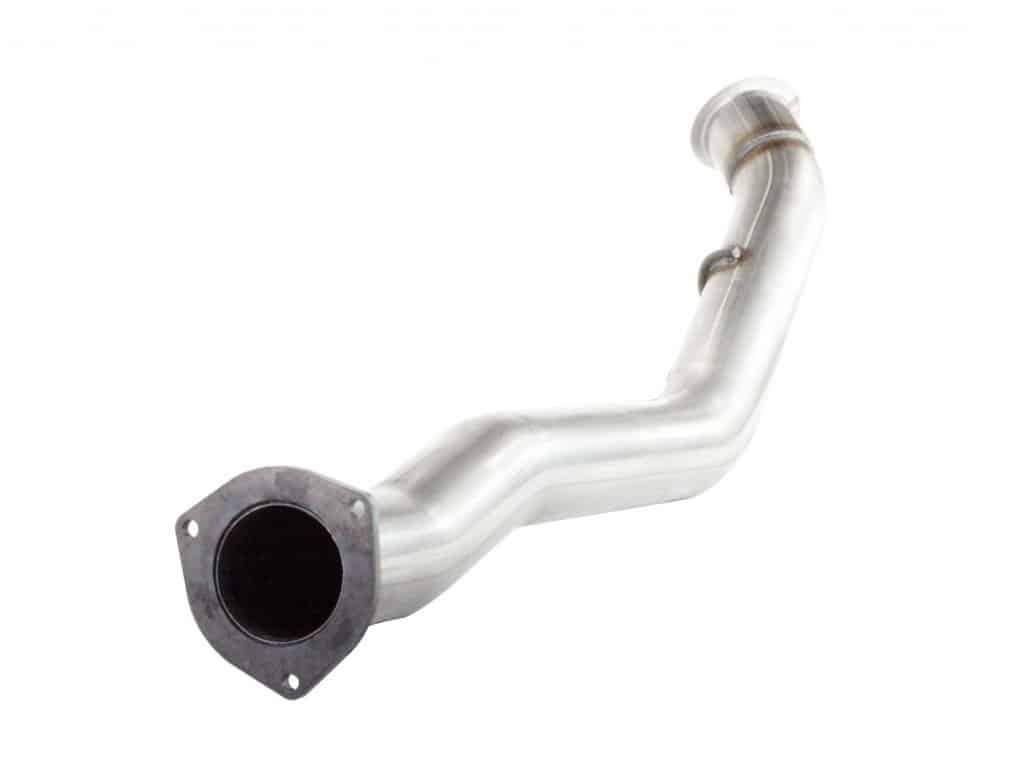
.png)